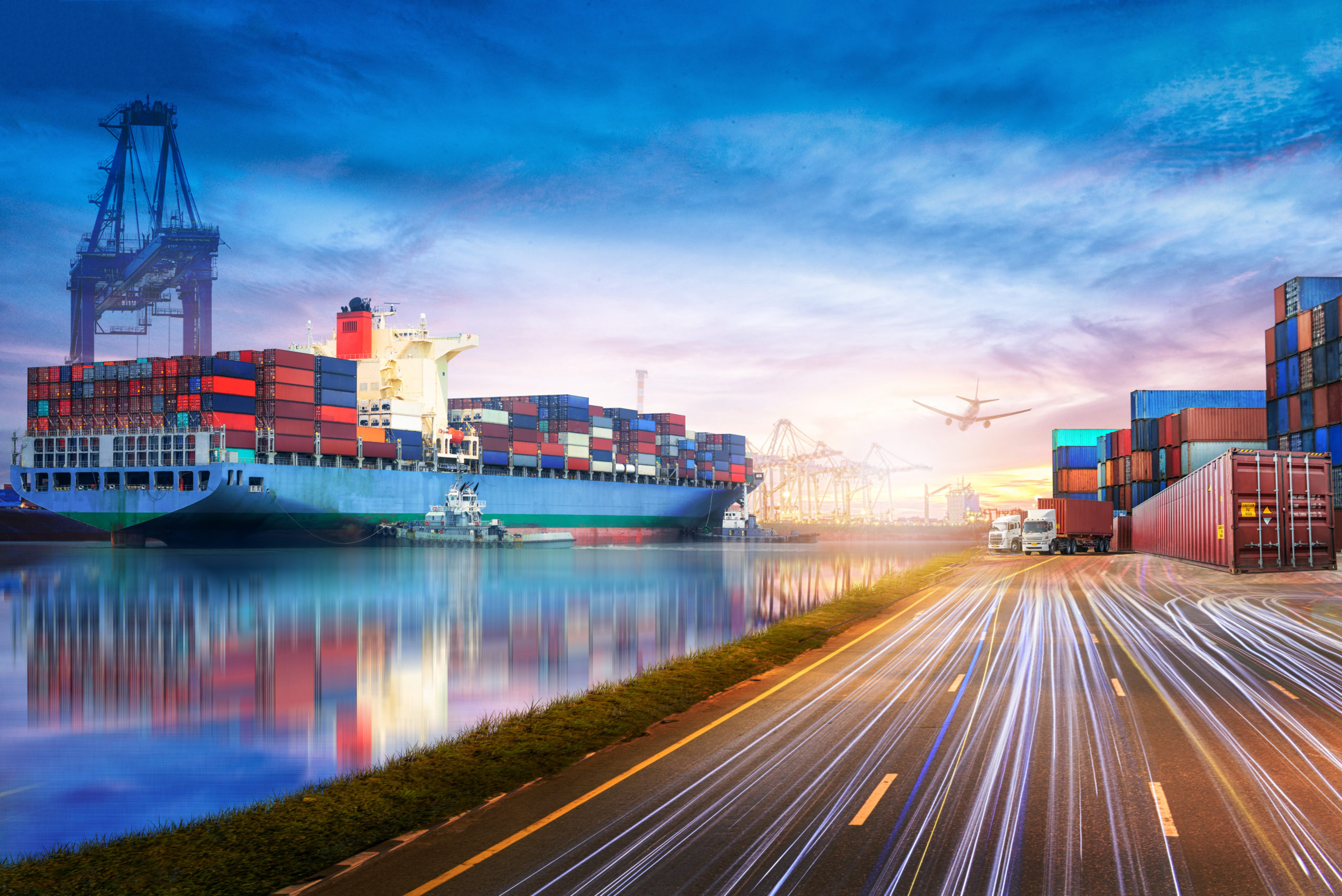A supply chain is defined as “the sequence of processes involved in producing and distributing a good or commodity.”
The bottom line is that supply chains are currently a mess. During the COVID pandemic, empty store shelves, including the frequently mentioned lack of toilet paper, were some of the apparent manifestations of supply chain imbalances. These days we are hearing about a lack of computer chips, among other things.
In early April of this year, more than 700 container ships were waiting to get into the ports of Shanghai, China. The average number of boats waiting to unload in Shanghai over the last few years was closer to 200. A significant reason for this upward spike is the recent Chinese COVID crackdown, forcing people to stay at home again. The graph below was published recently by “Fortune” magazine. The red-colored spike shows the dramatic increase in ships waiting at the port this April.
A year ago, there was a similar situation on the west coast of the US. Ships couldn’t get into port, and goods could not be picked up or dropped off. Empty containers were stacking up by the thousands. Workers were unable to unpack full containers that were still on ships and unable to send the empty ones back to where they were needed. This backlog slowed down the movement of goods in and out of our country and around the world. The same thing is now happening in Shanghai.
Supply Chain issues contribute to the inflation we are experiencing these days. When the same number of people want to purchase a decreasing number of available goods, that will cause prices to go up. That is inflation.
When goods and commodities don’t move freely, it rapidly trickles and spreads to shortages in many industries. Chip shortages mean that many electronics producers have to slow or halt production. Computers, cell phones, automobiles, and appliances all use computer chips. Until the chips start flowing again, it will be difficult to build products and keep up with demand for the many items requiring chips, causing shortages that contribute to inflationary pressures.
We should care about supply chain issues because current supply chain problems can indicate future shortages. Take the war in Ukraine as an example. Russia and Ukraine produce a large percentage of the fertilizer that the world consumes. Ukraine makes roughly 35% of world wheat exports, much of it going to the African continent. Exports of these two commodities will likely be significantly diminished in the foreseeable future. We need fertilizer to grow crops, and we need wheat for countless different food items. Decreased exports of these items might predict that food shortages are pending in parts of the world starting as soon as this fall when crops are typically harvested.
Pandemics, like COVID, wars, and extreme weather events, are examples of situations that can cause supply chain disruptions. In our complex world of trade and production, where there are many steps required to build and ship products, it is easy to disrupt these “chains” and cause shortages.


